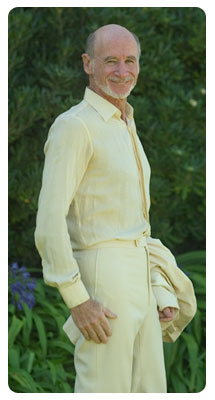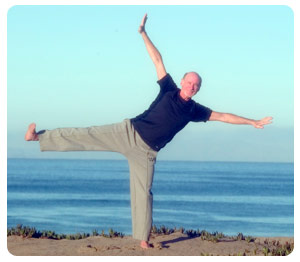 |
 |
|
 Between each vertebra in the spine are very small muscles, each about the size of a dime. When these small muscles are tight, motion is restricted between each vertebra. Between each vertebra in the spine are very small muscles, each about the size of a dime. When these small muscles are tight, motion is restricted between each vertebra.
Each vertebral/disc segment also has four small joint capsules (bursars), two above (right and left) and two below (right and left). When they become fixated, their range of motion becomes restricted. Symptoms of this tightness include pain and stiffness, felt during everyday activities such as turning the head to check traffic, bending over or participating in sports. By using spinal mobilization techniques, the little muscles and joint capsules can be stretched and toned. When the range of motion of each vertebra is improved, the whole spine can move more freely and be more flexible. Unlike many expensive mechanical traction techniques applied by machines advertised in newspapers and on TV that proclaim remarkable results for back and disc problems, Spinal Mobilization Therapy adds a unique dimension to produce even greater results. Mechanical traction devices stretch parts of the spine in only a "longitudinal" direction. This is helpful and I have used it for decades. However, it does not significantly institute "horizontal" or "rotational" side-to-side range of motion of the vertebral complex, and therefore, it is an incomplete therapy. In many cases, if two or more vertebra are "locked" by vertebral joint fixation, the traction machine will tend to stretch the more mobile vertebra complexes above and below the locked vertebra. The machines will not be as effective as manual Spinal Mobilization Therapy is in applying specific localization forces to help "unlock" joint fixations. Spinal Mobilization Therapy specifically moves each vertebral unit complex "one by one", multiple times, in a horizontal plane, and also provides manual longitudinal traction resulting in optimal Spinal Mobilization. When all the connective tissues (small vertebral muscles, vertebral joint facets, ligaments and tendons,) are stretched and moved repeatedly, the vertebral complex normal range of motion has a more significant success rate for restoration.
This enhanced individual rotational vertebral "side to side" motion allows people to turn and twist with greater range of motion and less pain. When the range of motion of each vertebral/disc unit is increased, the whole spine’s collective range of motion is often dramatically increased. After only one treatment, spinal range of motion arcs can increase 20-80% or more. A series offer patients reinforcement of progress with further gains of increased range of motion and stability. Many spinal trigger points and shiatsu points are also simultaneously treated. Machine traction devices that are preprogrammed to exert a set poundage of force for a set time period to certain segments of the spine have an unfortunate fault, there is no feedback to the machine to tell it to exert a little less or a little more force to individual areas as the spinal segments become more mobile, more sensitive or more reactive to the treatment. The machine keeps going regardless of those factors and can cause irritation. Unlike a machine, SMT is done by hand in a sensitive, gentle and smooth motion. The feedback of the tissues’ reactions is constantly in contact with the therapist who will apply a little more or a little less force and movement every moment of the treatment period. A machine has not been able to replace a good pair of hands in the art of Spinal Mobilization Therapy. Questions about Spinal Mobilization Therapy? Interested in attending a Spinal Mobilization Therapy workshop? Click here to download a course outline for upcoming SMT workshops. Click here to download a registration form for upcoming SMT workshops. Learn more about Spinal Mobilization Therapy: |
Home | About Sage | Contact Us | Site Map
site by forbynhawthorne design
